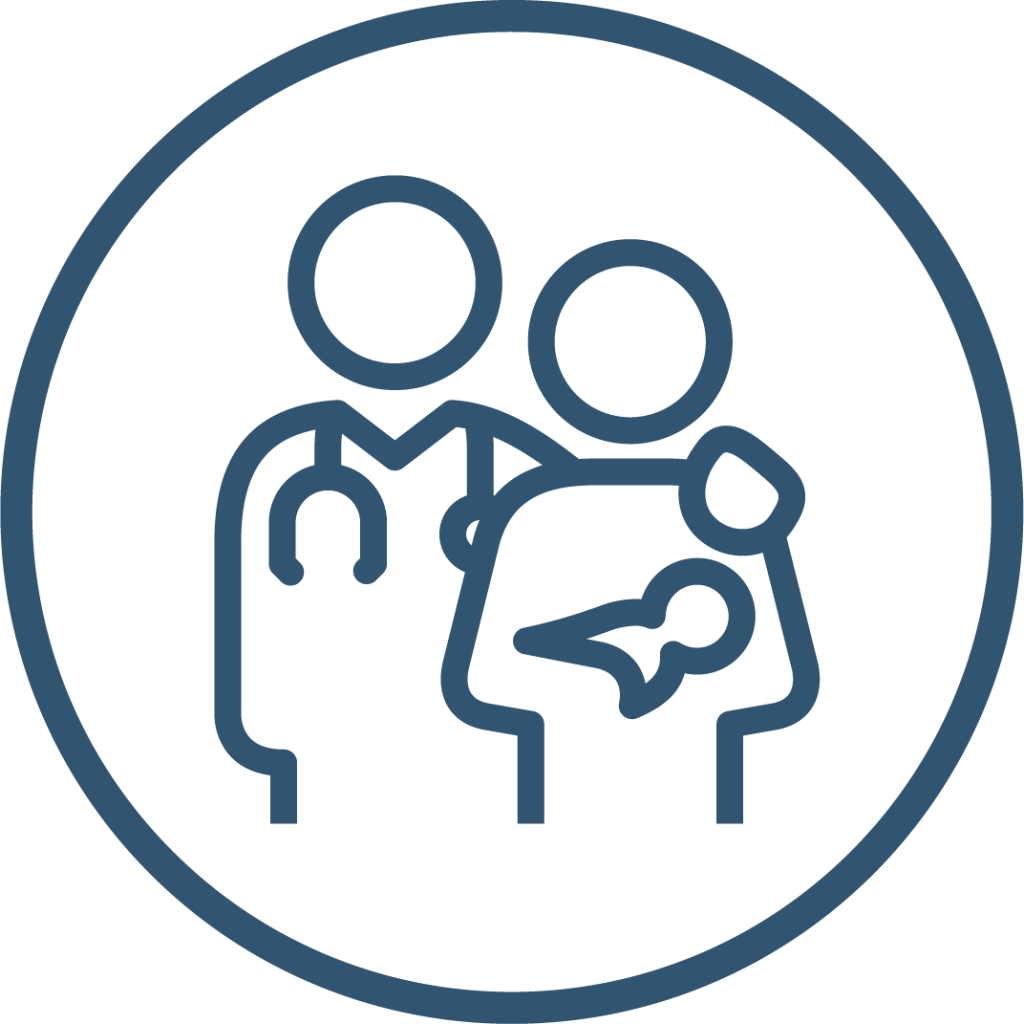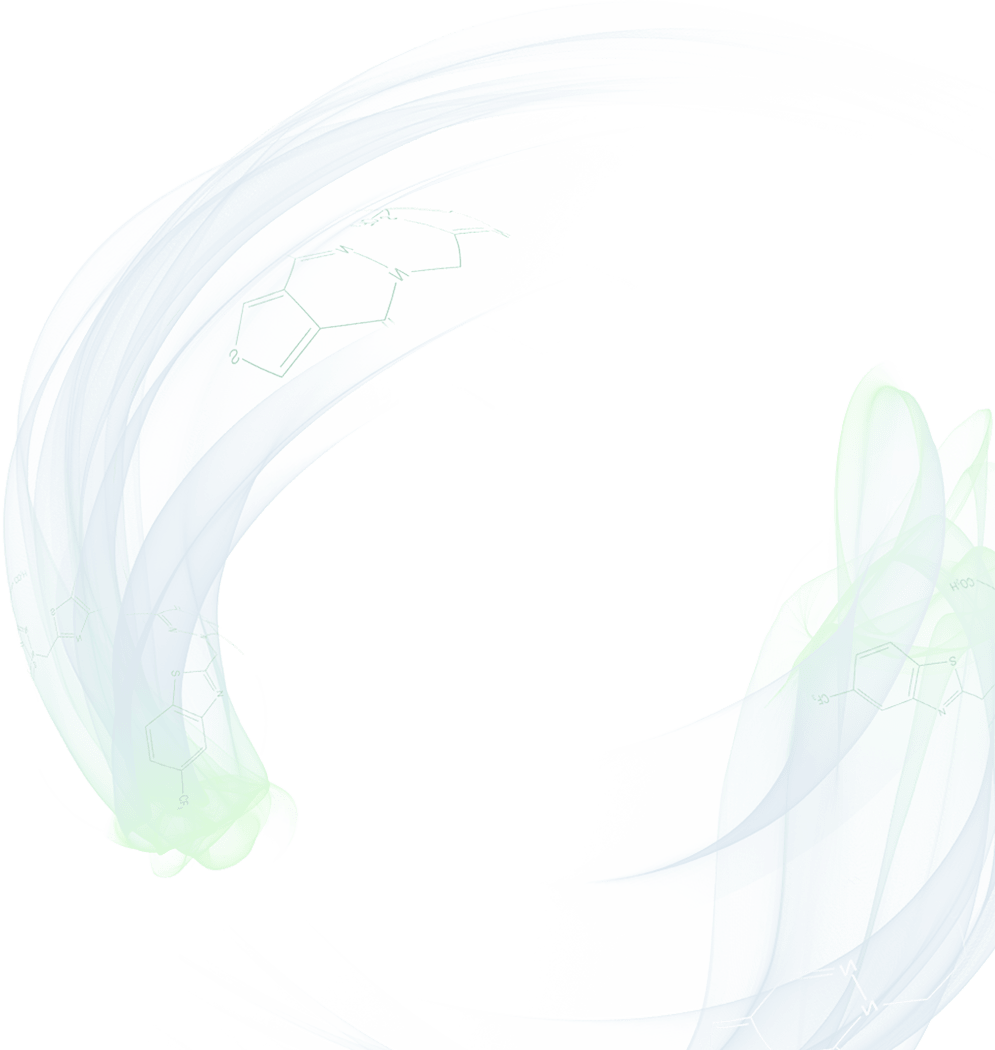Galactosemia is a rare, slowly progressing metabolic disease caused by a genetic inability to break down the sugar galactose.
Galactose is a sugar found in foods, but the human body also naturally produces galactose on its own. People with Galactosemia have mutations or deletions in their DNA that are passed down from family members. The DNA alterations can lead to different subtypes of Galactosemia, such as GALT Deficiency (known as Classic Galactosemia) or GALK Deficiency. Aldose Reductase (AR), an enzyme known to play a role in many diseases including Galactosemia, converts galactose into galactitol, a toxic metabolite that builds up in tissues and organs and can cause long-term disease complications.
Galactose is found in dairy products and certain other foods, but galactose is also naturally produced by the body (endogenously). This means that diet alone cannot prevent the long-term consequences of Galactosemia. A treatment for those living with Galactosemia is needed.

There are about 3,000 individuals with Galactosemia (GALT) in the U.S. and ~3,500 individuals in the EU (GALT + GALK)

Most patients with Galactosemia are under the age of 40, as newborn screening was not widely adopted until the 1980’s

Galactosemia is included as part of routine newborn screening in all 50 U.S. states, and in many European countries
High Unmet medical Need in Galactosemia Treatment
There are currently no approved therapies for Galactosemia.
Currently, the only method of managing Galactosemia is to keep patients on a strict diet that removes any lactose (another type of sugar) or galactose-containing foods and drinks. In babies, this usually means switching from breast milk or milk-based formula to a low galactose formula, such as soy or elemental formula.
However, galactose is also produced by the body. This means that diet alone does not prevent the long-term consequences of Galactosemia. A treatment for those living with Galactosemia is desperately needed.
Newborn screening for Classic Galactosemia involves a dried blood spot test, where a sample of blood is taken from the heel. The blood is tested for GALT enzyme activity and total levels of galactose. If GALT enzyme activity is very low or completely undetected, or if there are high levels of galactose, the patient may have Classic Galactosemia. A genetic test will be performed to confirm the diagnosis.
Newborn
- Liver failure
- Kidney problems
- Sepsis
- Brain edema
- Pseudotumor cerebri
- Feeding difficulties
- Growth problems
- Cataracts
Infants/Toddlers
- Speech/ language delays
- Coordination problems (fine and gross motor skills)
- Developmental delays
- Attention issues
- Growth problems
- Cataracts
Young Children
- Learning delays
- Issues with fine and gross motor skills (e.g., handwriting)
- Growth problems
- Speech/ language problems
- Behavioral and emotional issues
- Tremor
Teen
- Puberty and fertility problems (females)
- Growth delays
- Anxiety
- Social problems
- Learning difficulties
- Tremor
Adult
- Tremor
- Seizures
- Anxiety
- Depression
- Attention Deficit Hyperactivity Disorder (ADHD)
- Cataracts
There are two subtypes of Galactosemia – Classic Galactosemia and GALK Deficiency. Each of these types is caused by a different enzyme not working properly or missing in some amounts in the body. In healthy individuals, these enzymes are involved in breaking down galactose.
Classic Galactosemia and GALK Deficiency can greatly affect children’s development potential and quality of life, and may cause motor, speech and cognitive deficiencies, cataracts, tremors, seizures and (in females) primary ovarian insufficiency.
Classic Galactosemia is the most common subtype of the disorder. Patients with Classic Galactosemia have mutations or deletions in both copies (one from each parent) of their GALT genes, which means that the GALT enzyme is completely inactive. Patients with GALK Deficiency have mutations or deletions in the gene that codes for the GALK enzyme. GALT and GALK enzymes are necessary to process galactose. Without a place to go, excess galactose builds up. The enzyme Aldose Reductase, not normally involved in galactose metabolism, is activated to convert galactose into galactitol, an abnormal and toxic substance that is believed to cause the acute and long-term complications of Galactosemia. Galactitol is not produced or found in individuals who do not have Galactosemia.
Galactosemia is a problem processing galactose, a kind of sugar found in dairy products such as milk, cheese, butter, and other foods.
To understand why this happens, we need to look at metabolic pathways. These are chemical reactions that convert molecules into the body. When everything in the body is working the way it should, galactose is converted into a specific pathway (pathway 1). In this pathway, galactose is converted into a metabolite called Gal-1p. People with Galactosemia are missing an enzyme called GALT, so Gal-1p cannot be processed any further. Instead, Gal-1p is backed up and clogs the pathway, meaning galactose cannot go where it should go. When this happens, galactose overflows into a different pathway (pathway 2) where it should not go.
When galactose travels down pathway 2, it does not know how to properly process the galactose. An enzyme that is not supposed to be involved called Aldose Reductase steps in and converts the galactose. Aldose Reductase changes galactose into toxic galactitol causing harm to the body. Galactitol can cause build up in the blood, tissues and organs including the brain. Finding new ways to block toxic galactitol may help reduce damage to the body.
Our Commitment to Galactosemia Research
Applied Therapeutics is committed to developing a new treatment option for this urgent unmet medical need.
Govorestat is an investigational, novel Aldose Reductase Inhibitor being developed for the treatment of numerous rare diseases. Govorestat is a potent and selective agent being developed as an oral therapy for treatment of Galactosemia. Govorestat is also being developed for the treatment of Sorbitol Dehydrogenase (SORD) Deficiency and Phosphomannomutase 2 Deficiency – a Congenital Disorder of Glycosylation (PMM2-CDG). Govorestat has received Orphan Medicinal Product Designation from the European Medicines Agency (EMA), and both Orphan Drug and Pediatric Rare Disease designations from the FDA for the treatment of Galactosemia. A New Drug Application (NDA) for govorestat has been accepted for priority review with the FDA and a Marketing Authorization Application (MAA) has been validated and is currently being reviewed by the EMA’s Committee for Medicinal Products for Human Use (CHMP) for the treatment of Galactosemia. Additionally, govorestat is currently in pivotal-stage development for the treatment of SORD Deficiency.
HEAR FROM THE PARENTS OF A CHILD WITH CLASSIC GALACTOSEMIA
1.
Demirbas et al., 2018: https://www.sciencedirect.com/science/article/pii/S0026049518300337
2.
Dandamundi et al., 2014:
https://www.ncbi.nlm.nih.gov/pmc/articles/PMC4076144/
3.
Decision Resources Group Epidemiology of Galactosemia Report, June 2020
(Data on File).
4.
Bernstein
and van Calcar., 2015, Nutrition Management of Inherited Metabolic Diseases.
5.
Coelho et al., 2017: https://pubmed.ncbi.nlm.nih.gov/28281081/
6.
Pasquali et al., 2017: https://www.nature.com/articles/gim2017172
7.
NORD Rare Disease Database: https://rarediseases.org/rare-diseases/galactosemia/
8.
Welling et al., 2017: https://www.ncbi.nlm.nih.gov/pmc/articles/PMC5306419/
9.
Berry,
2000: https://www.ncbi.nlm.nih.gov/books/NBK1518/
10.
Hennermann et al., 2011: https://pubmed.ncbi.nlm.nih.gov/21290184/
11.
Fridovich-Keil et al., 2020: https://www.ncbi.nlm.nih.gov/books/NBK258640/
In the patients & caregivers section

